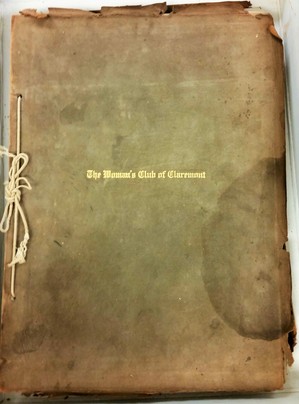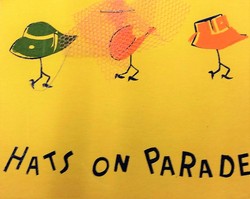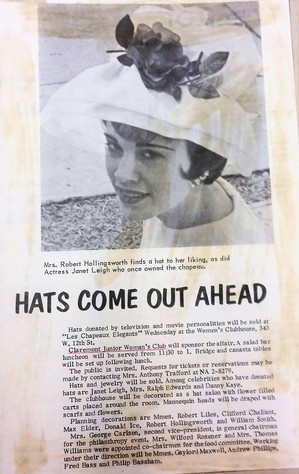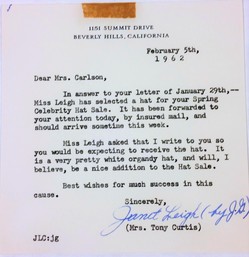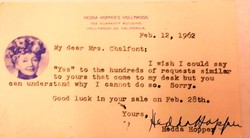This week I started working on metadata for the Chaffey Brothers Letters. It seems like I am the last CLIR CCEPS Fellow to work on the Chaffey Brothers Letters, but I knew I wouldn’t be able to stay away from the Chaffey brothers for long. Other fellows have written about the Chaffey Brothers Letters many times before. They have inspired a lot of conversations here at Special Collections, and Alfonso even did his culminating presentation on the letters.
The infamy of the Chaffey Brothers Letters here at the CLIRWater Project is due to two factors. One is simply that there are a lot of letters which gives an enormously well rounded view of their business operations. We are very lucky that these fragile records have survived almost 150 years and that complete transcripts exist in the case that the wet copy letters are illegible. Complete or near complete records like these can provide huge insights for researchers interested in the Chaffey brothers or the history of land use in Southern California.
This brings us to the second reason that the Chaffey Brother Letters are such a hot topic here at the Claremont Colleges Library’s Special Collections: the Chaffey brothers are incredibly important to the history of Southern California and the Inland Empire specifically. They influenced the settlement of the area and effected water and land use in the area to such an extent that their legacy can be seen even today. Since our project centers on water resources and allocation, the Chaffey brothers are big players in the larger narrative that we are uncovering and publishing via the CLIRWater Project.
Now that I am creating metadata for some of the letters, I am beginning to understand why the Chaffey Brothers Letters are so captivating. Although most of the letters are short and center around specific business transactions, when read together a larger image of the Chaffey brother’s business comes into focus. I have talked about learning history through osmosis before, and I am experiencing this sensation again while working with these letters.
Anyway, this is my last blog post for 2017. I will be back again working on the CLIRWater Project in 2018. Happy Holidays!
